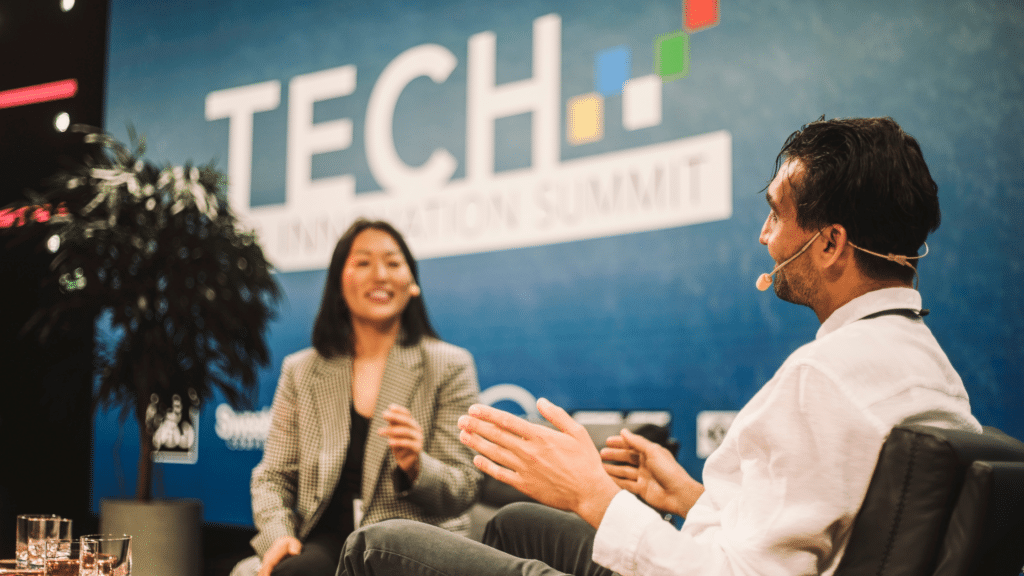As we navigate through 2024, the staffing industry finds itself at a pivotal juncture, marked by the rapid integration of cutting-edge technologies such as generative AI, continuous threat exposure management, and the Internet of Behavior. These advancements present a dual-edged sword, offering both significant opportunities for innovation and complex challenges that demand a nuanced approach. The acceleration of technological adoption in staffing is reshaping the way professionals connect with talent, manage risks, and predict future staffing needs. According to a study by Deloitte, organizations that effectively leverage these technologies can see a notable improvement in operational efficiency and a competitive edge in talent acquisition.
This comprehensive guide delves into the strategic utilization of technology to optimize staffing operations. It aims to equip industry leaders with the insights and tools necessary to navigate the evolving landscape. The importance of staying abreast of technological trends cannot be overstated, as they hold the key to enhancing efficiency, fostering better client relationships, and ensuring the sustainability of business models in a market that is becoming increasingly competitive. The Deloitte report further emphasizes that embracing digital transformation is not merely an option but a critical imperative for staffing firms seeking to thrive in the current and future market dynamics.
Moreover, the integration of these advanced technologies into staffing operations is not just about adopting new tools but about fundamentally rethinking strategies to leverage their full potential. It involves a shift towards more data-driven decision-making processes, enhancing the personalization of staffing solutions, and improving the agility of business operations to respond to market changes swiftly. The potential benefits of this technological revolution are vast, offering the promise of more accurate talent matching, improved candidate and client experiences, and stronger, more resilient business operations. However, to fully realize these benefits, staffing professionals must navigate the complexities of implementation, ensure the ethical use of AI, and maintain a keen focus on cybersecurity and data protection measures.
By carefully considering these aspects and strategically implementing technology, leaders in the staffing industry can look forward to not only surviving but thriving in this dynamic environment.

Generative AI in Staffing: Generative AI has seen a meteoric rise, transforming from a burgeoning technology to a cornerstone of modern staffing operations. Its ability to analyze vast datasets and predict candidate success has revolutionized talent acquisition, enabling a more accurate and efficient hiring process. The integration of AI-driven solutions, such as chatbots for initial screenings and virtual reality for job previews, offers a seamless candidate experience and substantial improvements in ROI and cost-effectiveness.
Embracing Flexible Work Models: The post-pandemic era has solidified the shift towards remote and hybrid working models, underscoring the necessity of flexibility in staffing strategies. These models not only expand the talent pool by eliminating geographical constraints but also cater to changing employee preferences, thereby enhancing talent acquisition and retention.
Tapping into Global Talent Pools: Global talent pools and cross-border recruitment have opened new avenues for sourcing the best talent, regardless of their location. This global approach necessitates a strategic and culturally sensitive recruitment process, leveraging technology to overcome geographical and logistical barriers.
Fostering Diversity and Inclusion: Diversity, Equity, and Inclusion (DE&I) have moved from being industry buzzwords to critical hiring practices. Emphasizing DE&I in recruitment not only enriches the workplace culture but also drives innovation and business performance. Companies are now prioritizing these values in their staffing operations, recognizing the importance of a diverse workforce.
Leveraging Data-Driven Analytics: Data-driven talent analytics are becoming a pivotal strategy for staffing firms. Utilizing big data and predictive analytics allows businesses to gain insights into workforce dynamics, identify skill gaps, and forecast future staffing needs. This approach enables more informed decision-making, optimizing both the recruitment process and workforce planning.
Adopting Advanced HR Technologies: The rapid advancements in HR technologies are reshaping the staffing landscape. From automated onboarding platforms to performance tracking tools, these innovations are streamlining administrative tasks and enabling a more strategic focus on organizational development. Investing in such technologies not only improves operational efficiency but also enhances the overall employee experience.
Pay Transparency and Flexible Working Options: Modern job seekers demand increased pay transparency and flexible working options. Organizations responding to these demands foster trust and promote equity in the workplace. Flexible working arrangements, including hybrid and remote models, continue to grow, highlighting a shift towards adaptability and employee well-being.
The Importance of Upskilling and Reskilling: As the job market evolves, the emphasis on upskilling and reskilling employees becomes more pronounced. Companies investing in their workforce’s development can address skill gaps more efficiently, retain highly skilled employees, and foster a culture of continuous learning and innovation.
Optimizing staffing operations through technology is not just an option but a necessity for staying competitive. By embracing generative AI, flexible work models, global talent pools, and advanced HR technologies, staffing leaders can navigate the complexities of the modern job market. The trends outlined in this article highlight the importance of strategic, data-driven, and technologically savvy approaches to staffing.


